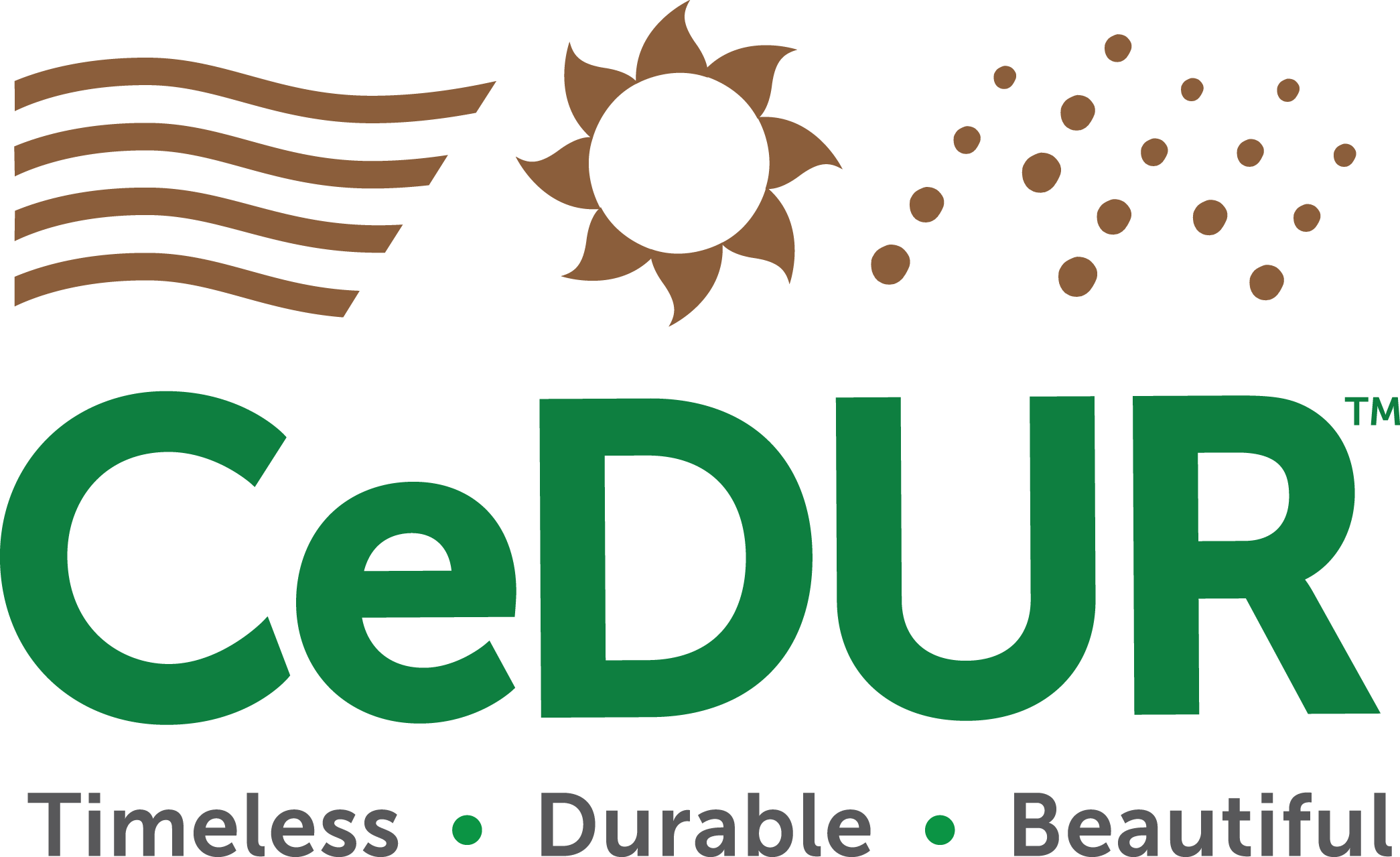Roof Inspections for Insurance Claims: When and Why They Matter
A professional contractor conducting a roof inspection for an insurance claim.
There are a lot of things to know when it comes to maintaining your roof. Aside from basic maintenance, difference in materials, estimated costs of various repairs and/or replacement, and expected longevity, you also need to know the ins and outs of what to expect from a professional roof inspection, especially when it comes to qualifying for certain types of homeowners insurance.
Roof inspections have a lot of nuance to them and you want to know all you can before hiring a roofing contractor to inspect your roof for the purpose of obtaining an insurance policy. Many home insurance companies have different rules and guidelines when it comes to roof inspections and standards that they want met.
But there’s also a lot of uniformity. So, in case you’re in line for a new homeowners insurance policy, let’s take a look at everything you need to know about roof inspections for insurance.
The Difference Between a Roof Inspection and a Certification
An expert conducting a roof inspection for an insurance claim.
You should know the difference between a roof inspection and a certification. A regular roof inspection is where a professional assesses the current condition of your roof and informs you of any repairs needed or worn-out materials.
A certification, on the other hand, includes all of the above but also provides an official statement regarding your roof’s expected lifespan. Insurance companies often request a roof certification, especially for older homes, to ensure the roof meets their longevity and safety standards. If you're seeking a roof inspection for insurance purposes, it's important to clarify whether the insurance company requires a certification or just a standard inspection.
Why Do Insurance Companies Want You to Get a Roof Inspection?
Insurance companies require a roof inspection to assess risk. A well-maintained roof poses less risk of future damage, which reduces the likelihood of claims for repairs or replacements. Insurance companies generally make money by collecting more in premiums than they pay out in claims.
By conducting roof inspections, they ensure that your roof is in good enough condition to minimize their financial risk. This means they’ll evaluate potential damage, overall wear and tear, the climate, the roofing material, and how old the roof is at the time of inspection. The inspector will also estimate how long the roof will last before needing replacement.
Insurance companies may even offer discounts or lower premiums if your roof is in excellent condition or made of durable, impact-resistant materials. On the other hand, a roof in poor condition may result in higher premiums or even policy rejection until repairs or replacements are made.
What Does a Roof Inspection Consist Of?
Most roof inspections will include three main components: a structural inspection, a material inspection, and an interior inspection.
1. Structural Inspection
This involves examining the overall structure of your roof for signs of sagging, uneven roof planes, and the condition of the gutter system, soffit, and fascia. Any masonry chimneys are also inspected for crumbling grout, chimney cap damage, and cracks.
2. Material Inspection
The inspector will look for issues such as curled, loose, or missing shingles, algae and moss growth, rust, granule loss on shingles, and water damage. They’ll also assess roof flashing, pipe boots, and any signs of wear and tear on these elements.
3. Interior Inspection
The inspector will examine your ceilings and walls for signs of leaks, water damage, or mold growth. Attics are also inspected to check for proper ventilation and to identify any potential water intrusion.
Once the roof inspection is completed, the inspector will provide a detailed report summarizing their findings, including an estimate of the roof's life expectancy.
How to Pass a Roof Inspection
A CeDUR shake roof that would pass an inspection.
Whether your roof passes inspection for insurance depends entirely on its current condition and how well it's expected to perform in the future. If your roof is older or shows significant damage, you might need to make repairs before your home qualifies for certain insurance policies. However, routine maintenance can often help homeowners avoid these issues and ensure they pass inspection.
If you’re considering replacing your roof, investing in durable materials can greatly improve your chances of qualifying for top-tier insurance policies. For example, impact-resistant shingles, metal roofing, or synthetic cedar shakes offer long-lasting protection and may reduce the need for frequent repairs. These materials are often fire-resistant, impact-resistant, and weather-resistant, which can impress insurance companies and potentially lower your premiums.
One option is synthetic cedar shake roofing, like the kind offered by CeDUR, which provides the aesthetic beauty of real cedar shakes with minimal maintenance. Synthetic cedar shakes are highly resistant to rot, mold, warping, cracking, and water damage. Additionally, they offer a Class A fire rating and Class 4 impact resistance, making them a strong choice for homeowners looking to maximize both curb appeal and insurance approval.
Regardless of your material choice, maintaining your roof’s condition with routine inspections and prompt repairs is the best way to ensure you qualify for an insurance policy that offers the best coverage and rates.



